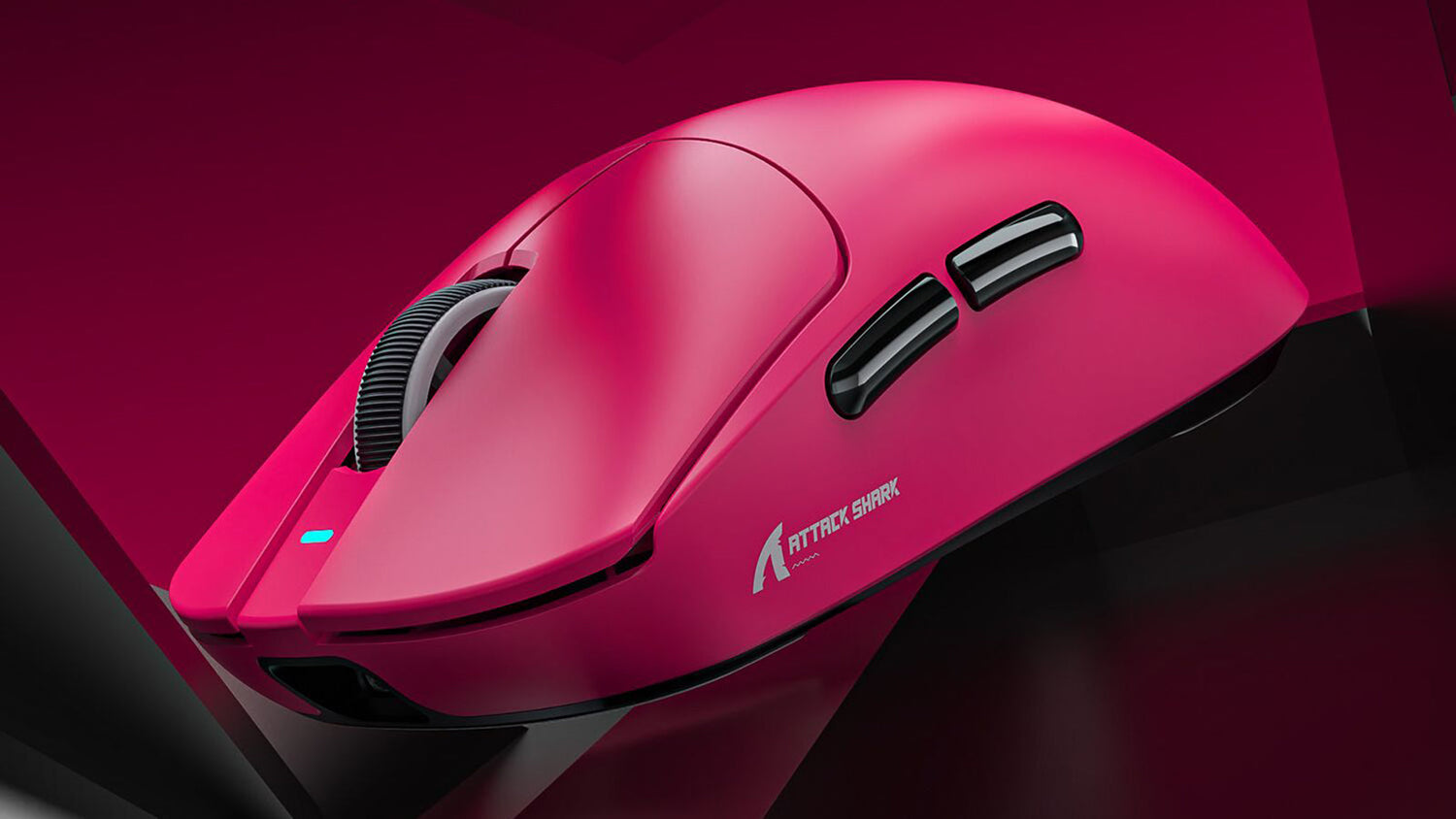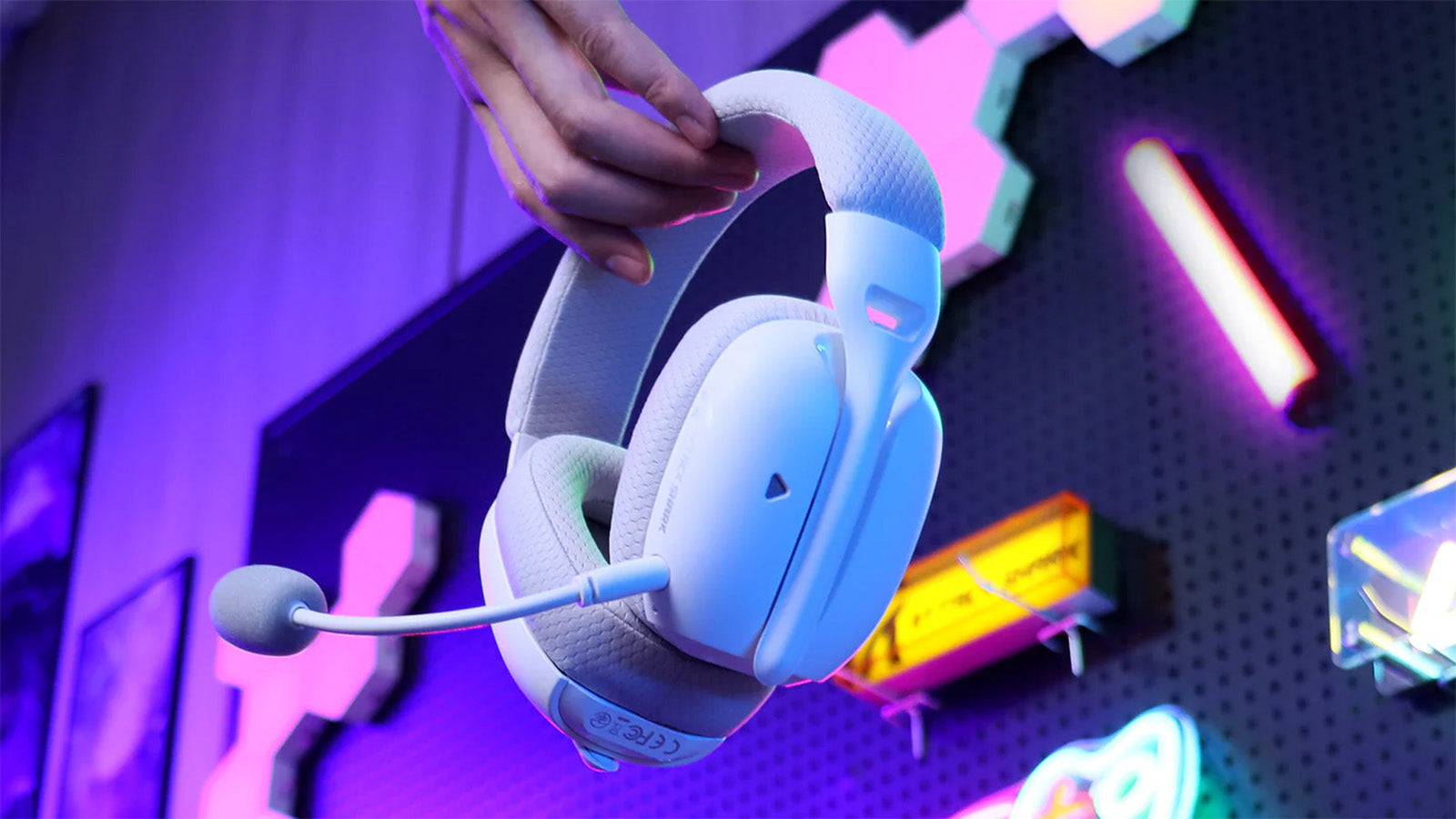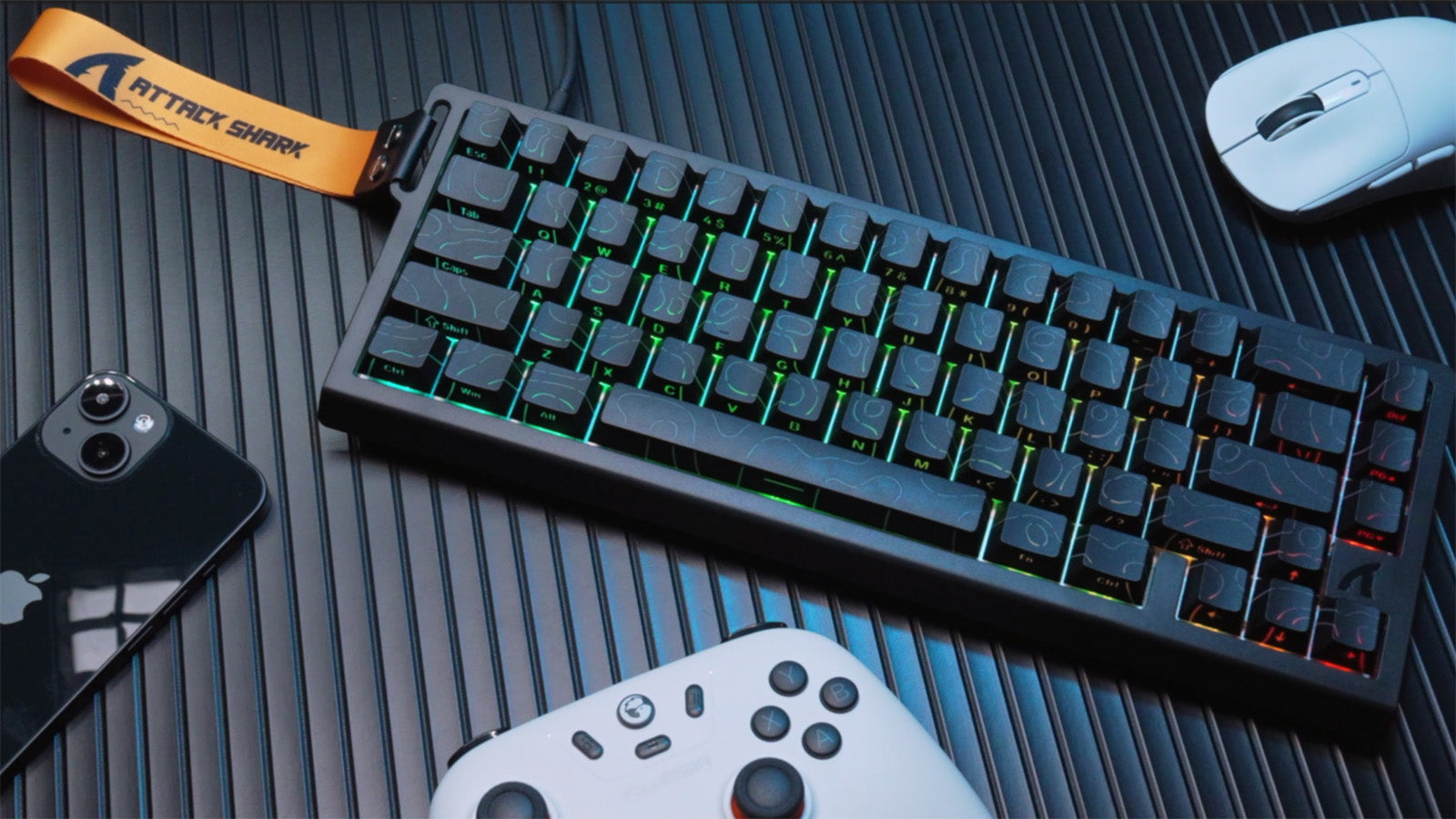Alright, let's talk about what makes your gaming mouse tick, specifically the sensor inside it. You've probably heard "optical" and "laser" thrown around, and it can sound a bit techy. But honestly, understanding the difference can help you pick a mouse that actually feels good and helps you play better. I've messed with a ton of these, so let me try to clear things up.

How Does an Optical Mouse "See" Where It's Going?
Think of an optical mouse like this: it has a tiny, super-fast camera and a little LED light (kinda like the ones in your TV remote, but for seeing). The LED shines down on your mousepad or desk. That little camera snaps thousands of pictures of the surface every single second.
Then, a tiny computer chip inside the mouse looks at all those pictures. It compares them super quickly to see how the patterns and textures on your desk have moved. By seeing how those details shift from one picture to the next, it figures out which way you moved the mouse and how far, and then your cursor moves on the screen. It's basically "watching" the surface.
What's Different About How a Laser Mouse Tracks?
A laser mouse is pretty similar in that it's also taking pictures of the surface, but instead of an LED, it uses a tiny laser beam to light things up. You know how lasers are really focused and intense?
Well, that focused laser light can dig a bit deeper into the tiny bumps and grooves on a surface, even super smooth ones. The idea was that by seeing more tiny details, it could be even more precise. Then, just like the optical mouse, it has a camera and a chip to figure out how you're moving it.

Optical vs. Laser Gaming Mouse Sensors: How They Track on Different Surfaces?
So, What's the Big Deal with How They Track on Different Surfaces?
Optical mice are usually happiest on surfaces that aren't shiny, like a good cloth mousepad. If you try to use an optical mouse on glass or a super polished, glossy desk, it might get confused or jumpy because the LED light can't find enough clear details to "see." Laser mice, because their laser light is so intense, have historically been better at working on a wider range of surfaces, even tricky ones like glass.
You know how sometimes you lift your mouse to reposition it, especially if you play games with low sensitivity? Lift-Off Distance, or LOD, is how high you can lift the mouse before it stops "seeing" the surface and moving the cursor. Gamers usually want a low LOD so the cursor doesn't wiggle around when they lift. Optical mice generally have a more naturally low and consistent LOD. Laser mice, because they can "see" so deep, sometimes kept tracking even when lifted a bit higher, which could be annoying. Newer laser ones are better at this, though.
Which Mouse is Actually More Accurate and Less Shaky?
For a while, companies pushed laser mice as having way higher DPI (Dots Per Inch), which sounds like it means more accurate. But it's not always that simple.
Optical Mouse Smoothness
Good modern optical sensors – and most gaming mice use these now – are incredibly smooth and precise, especially at the DPI settings most people actually use (like 400 to 3200 DPI). They usually don't have much, if any, random shakiness (jitter) or weird speed-ups (acceleration). They just feel really direct, like your hand is perfectly connected to the cursor.
Laser Mouse Quirks (Sometimes)
Older or cheaper laser sensors could sometimes feel a bit off. Because they read so many tiny details, even little invisible bumps inside the surface, they might mistake that for you actually moving the mouse sideways. This could make them feel a tiny bit less predictable. The best new laser sensors have mostly fixed this, but it was a thing.

Does Having a Super High DPI Really Matter?
You'll see mice advertised with crazy high DPI numbers like 16,000 or even more! Laser mice often boasted the biggest numbers. But here's the secret: almost nobody actually uses DPI that high. If you set your DPI way up, the tiniest nudge of your mouse sends your cursor flying across the screen, making it almost impossible to aim carefully.
Most gamers find a DPI they like somewhere much lower, often between 400 and 1600, and then adjust the sensitivity in their game settings. Choosing the optimal DPI setting for your gaming habits is more about personal preference and game type than just picking a number. How well the mouse tracks at your favorite DPI is way more important than the biggest number on the box. Both good optical and good laser mice can track great at normal DPIs.
What Kind of Sensor Do Most Gamers Use Today?
If you look at what the pro esports players are using, or just what most serious gamers prefer, optical sensors have pretty much taken over the gaming world. They're consistent, they feel direct, they work great on cloth mousepads (which a lot of gamers use), and they generally have that nice low lift-off distance.
Companies that make the actual sensor chips, like PixArt, have made some amazing optical sensors that are in almost all the popular gaming mice from brands like Logitech, Razer, SteelSeries, and tons of others. Learning about the specific sensor models powering today's top gaming mice can offer deeper insight into their performance characteristics. Laser mice are still around, and some are good for work or specific things, but for gaming, optical is king right now.
Which Mouse Should YOU Get? Optical or Laser?
For most people who game, especially if you play fast-paced games and use a cloth mousepad, a mouse with a good quality optical sensor is usually the best and safest choice. They just work really well, feel good, and don't have a lot of fuss.
But, if you absolutely must use your mouse on all sorts of crazy surfaces, like a glass table, without a mousepad, then a mouse with a new, top-notch laser sensor could still be an option. Just make sure you read reviews for that specific mouse and sensor.
Really, the exact sensor model inside the mouse and how well the mouse company built it matters just as much as whether it's called "optical" or "laser." A good mouse from a good brand will probably work well either way. But yeah, for gaming, the crowd has definitely moved towards optical.






Leave a comment
This site is protected by hCaptcha and the hCaptcha Privacy Policy and Terms of Service apply.